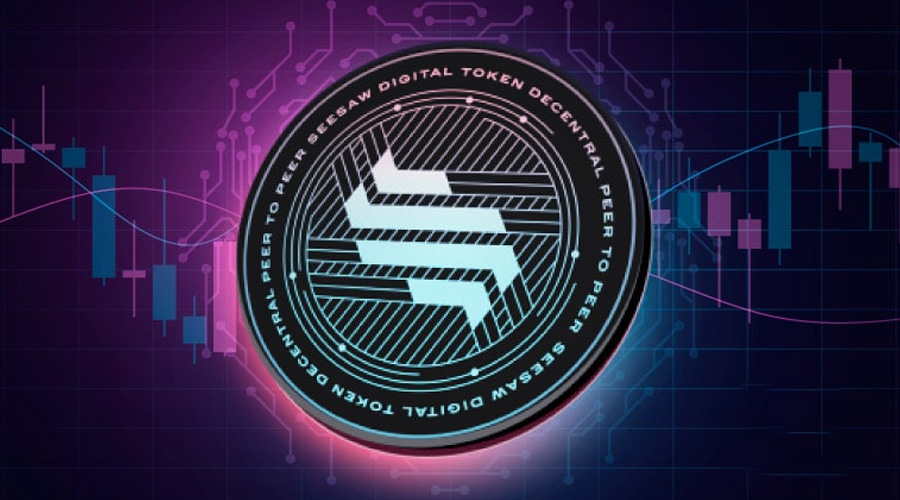Amaroq Announces Changes to its Trading Liquidity Enhancement Agreements
The fairness of transactions is guaranteed by smart contracts that work as automated escrow accounts. If you deposit crypto in a pair, you earn a shared fee other users pay to swap tokens within this pair. Participating in the governing process may bring liquidity providers even more benefits, as they can benefit indirectly from shaping the project’s future. Say you hold substantial tokens to initiate a vote on adding a new trading pair. As a result, you may provide liquidity for this newer pair with higher return rates over the short run.
High liquidity levels contribute to price stability by reducing the impact of large buy or sell orders on the asset’s value. When there’s a liquid market, even substantial transactions have a minimal effect on prices, minimizing price manipulation and promoting fair market conditions. Liquidity ensures the smooth operation of financial markets by facilitating the quick and hassle-free conversion of assets into cash.
A Beginner’s Guide to Decentralized Finance (DeFi)
The third type of liquidity mining protocol is distinct from the previous two. Developers that use this technique reward members of the community who promote the project. Interested parties must promote the DeFi platform or protocol in order to get governance tokens. When IDEX originally launched DeFi liquidity mining, it was in the guise of a reward scheme that offered specific incentives to exchange members.
DeFi’s popularity over the last year has already surpassed that of initial coin offerings (ICOs) in 2017, currently noted as a USD$100 billion dollar industry. However, an even more profitable way to earn passive income is through crypto copy trading. In this case, expert bot creators can rent their automated trading strategies to investors around the world on Trality’s Marketplace.
Definition
Aside from an equal distribution of rewards to investors, liquidity mining has minimal barriers to entry, making it an ideal investment approach that can be beneficial to anyone. Liquidity mining will most likely allow you to provide any amount of liquidity. This is especially attractive to those who have always wanted to join the decentralized ecosystem but never had the means to do so. With liquidity mining, you also get the added bonus of the equal distribution of governance through native tokens.
As the name clues, these are exchanges with no centralized power behind them. As a result, such exchanges do not require involvement of a third party like a bank. The Automated Market Maker (AMM) is a collection of smart contracts that plays the role of a bank in the digital ecosystem. This means that the AMM maintains the lending and borrowing rates of the protocol based on various factors such as available liquidity.
Our Services
The bank lends your money at 5% to someone else and makes 2% profits for intermediary services. AMM works pretty much the same, paying out rewards in the form of trading fees. The basic principles of liquidity mining haven’t drastically changed since its inception, but the methods, complexity, and types of rewards have evolved. Given the growing number of DeFi platforms and tokens, there is an increased array of options for liquidity mining.
When you offer liquidity to the platform, you must deposit crypto assets and get Uniswap native tokens as a reward. Although many investors use the terms liquidity mining and yield farming interchangeably, they are not the same in the true sense. Liquidy mining is a subset of yield farming because it refers to earning rewards by locking in a particular token. But yield farming is a broad term for locking different crypto assets, coins, and tokens, across different blockchain protocols and networks to earn passive income.
Step 1: Buy crypto assets from KuCoin exchange
Although yield farming is based on liquidity mining, we will use the next lesson to figure out the differences between them and discover which method is more profitable. Impermanent loss is defined as the opportunity cost of holding onto an asset for speculative purposes versus providing it as liquidity to earn fees. Of course, if the token you placed in a liquidity pool drops in value, you could wait for an increase in value before withdrawing it from the liquidity pool. Those interested in cryptocurrency know that there are numerous different methods of making a potential profit with crypto. Most traders who experience impermanent Loss may choose to keep their liquidity and only withdraw when the price stabilises, but some sell off to cut their losses.
It is, let’s say, the mining mechanism of that platform, and it is again very related to the concept of staking. The increased demand for liquidity mining in DeFi apps inevitably leads to an increasing demand for smart contracts. As a result, the demand for smart contract insurance such as Nexus Mutual or Opyn is expected to increase. The enormous what is liquidity mining growth in DeFi apps and governance tokens will increase the need for clear data aggregators and dashboards. The transaction fees are evenly dispersed between all liquidity providers when the deal is completed. Smart contracts dictate what unfolds in the liquidity pool, in which every commodity exchange supported by it leads to a valuation.
You can automate crypto trading with Haru Invest
Increasingly, new investment products are emerging that are organized in a decentralized manner. The complete automation of such protocols often makes them cheaper and more secure than conventional applications. Without any further ado, let’s take a closer look at some of those protocols and check out what they’re capable of.
- By participating as a liquidity provider, a crypto investor helps in the growth of the nascent Decentralized Finance marketplace while also earning some returns.
- Instead of order books, AMMs use smart contracts to create liquidity pools that will automatically conduct trades based on certain negotiated criteria.
- Cryptocurrency liquidity mining allows you to supply liquidity for a greater purpose and rewards simultaneously.
- Before liquidity mining, the allocation of tokens was largely unjust and uneven.
- When a liquidity mining system is implemented, liquidity providers frequently become more active in the community while the exchange expands.
- In 2021, Balancer V2 was released, offering greater efficiency and flexibility.
One of the most substantial benefits that liquidity mining offers is that both small retail and institutional investors have an equal chance of owning native tokens of a specific protocol. This benefit is undoubtedly valuable to those investors who previously wanted but didn’t have a chance to participate in the DeFi ecosystem. Although liquidity mining involves risks, it may play out well if you do due diligence before you lock your coins on one of the DeFi platforms. Every project you choose for your mining operation should be legit and trusted, the market situation should be as safe as possible, and the assets ratio and combination should be balanced and precise.
Liquidity Mining vs Staking: What Are the Differences?
Liquidity mining is a process by which traders provide liquidity to a trading pair in exchange for a reward. The reward is usually given in the form of the asset being traded, but it can also be given in the form of another cryptocurrency or even fiat currency. Liquidity mining is a relatively new concept, and it is still unclear whether or not it is profitable in the long run.










